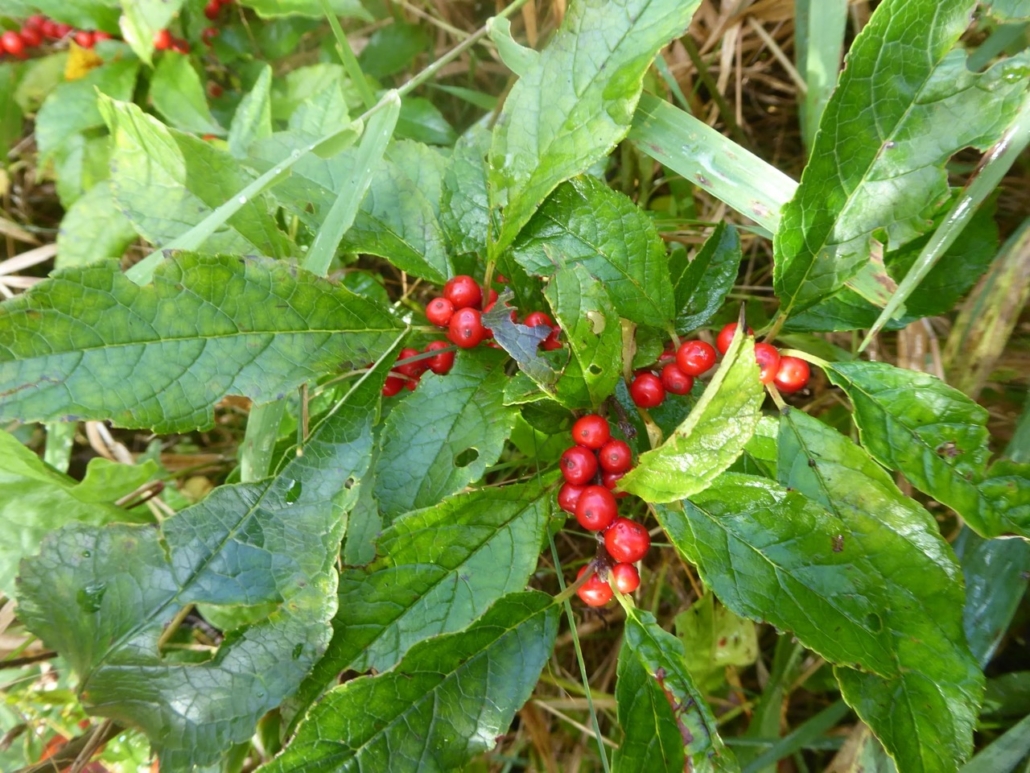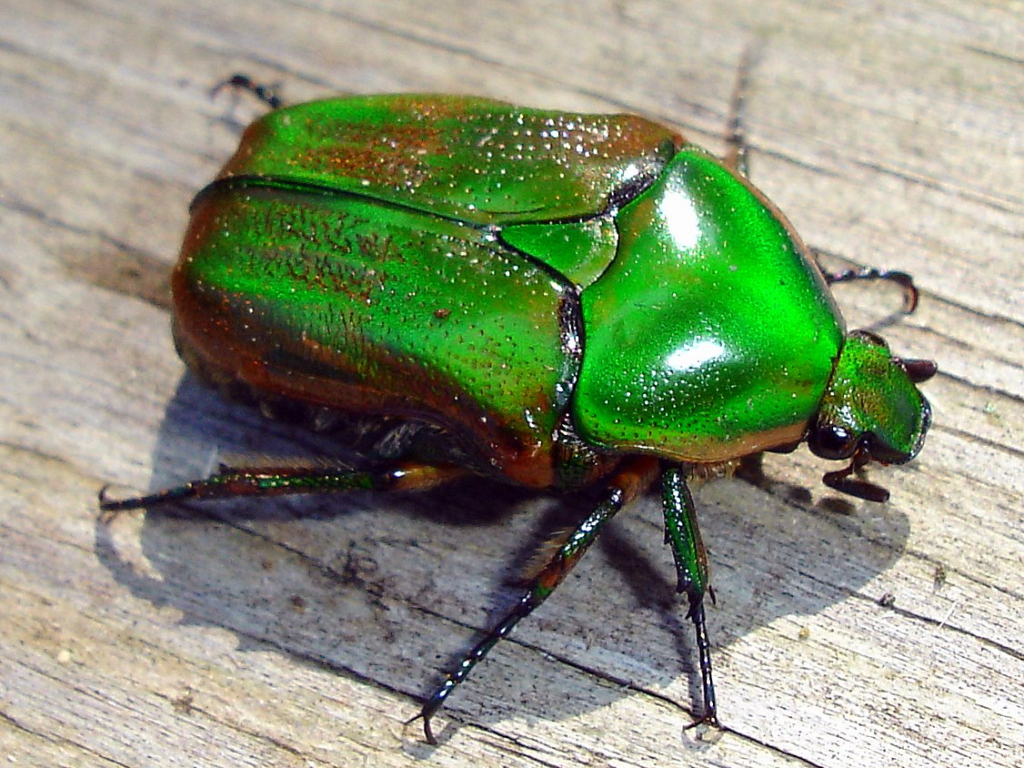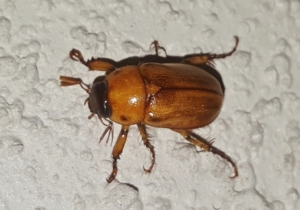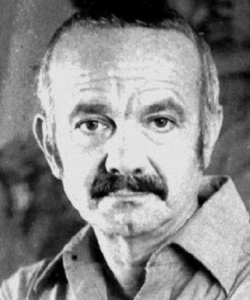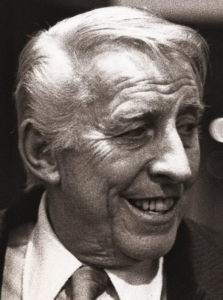REVIEW POTPOURRI: Andy Williams, Winifred Atwell, Shostakovich, Perry Mason
 by Peter Cates
by Peter Cates
Andy Williams
Andy Williams: Hopeless; The Peking Theme (So Little Time). Columbia 4-42784, seven inch 45 disc, recorded 1963.
My first exposure to Andy Williams (1927-2012) came from his late ‘50s Cadence 45, The Hawaiian Wedding Song, a tune that my eight-year-old ears enjoyed a lot – however, during those years, Pat Boone was still my favorite singer.
In 1963, Williams’s two deservedly successful Columbia LPs, Moon River; and Days of Wine and Roses were released and gifted to me, respectively, by my maternal grandparents and Mom. Both title songs were composed by the superb team of Johnny Mercer and Henry Mancini, the rest of the albums consisting of Great American Songbook standards – Can’t Get Used to Losing You, Maria, The Second Time Around, It’s a Most Unusual Day, Exactly Like You, It Might as Well Be Spring, etc.
The arrangements of Robert Mersey (1917-1994) were wondrously typical of those he did for albums of teen idol Bobby Vinton (who just celebrated his 90th birthday this past April 16 and is most remembered for Roses are Red, My Love; and She Wore Blue Velvet ); and jazz singer Mel Torme’s That’s Life.
Like Perry Como, Al Martino, Jerry Vale, Ed Ames, Jack Jones, Steve Lawrence and Eydie Gorme, Andy Williams personified the easy listening style of singing that peaked during the Eisenhower and Kennedy years and he succeeded because he was dang good. The above two selections are forgettable yet charming trifles and are superbly rendered by the Williams/Mercey team; I am now quite curious about the film 55 Days at Peking mentioned as the source for side two’s So Little Time.
During the early ‘80s, Williams did a live outdoor holiday special in New York City in which he is directed to the passenger seat of a motorcycle, its driver being then-NYC Mayor Ed Koch.
Winifred Atwell
Winifred Atwell, pianist, with Frank Chacksfield and his Orchestra – The Black Mask Waltz; and Song of the Sea (Cancion del Mar). London 1544, ten-inch 78 disc, recorded mid-1950s.
When it came to post World War II easy listening, the Brits more than held their own. The Decca/London label signed up some of the best pop orchestra arrangers including Mantovani, Stanley Black, the Canadian Robert Farnon and Frank Chacksfield, who scored his own megahit with the very atmospheric 1953 Ebb Tide.
The above 78 features Chacksfield’s very tastefully lush and evocative collaborations with pianist Winifred Atwell (1910-1983), a native of Trinidad who performed classical and semi-classical selections but achieved even greater fame with honky tonk, ragtime and boogie woogie records that were hits during the ‘50s.
The Black Mask Waltz and Song of the Sea, with its slightly tangoish dance rhythms, are very engaging examples of orchestral easy listening bordering on semi-classical.
Miss Atwell recorded the Grieg Piano Concerto in 1954 that can be heard on YouTube.
Shostakovich
In the 1943 edition of the Music Lover’s Handbook, there is an essay on Shostakovich’s 5th Symphony by a Russian musicologist Grigori Schneerson (1901-1982). Bearing in mind that this Symphony was completed in 1937 when Stalin’s reign of terror was reaching frightening heights with mass arrests, bogus trials and summary executions, the Symphony met with acclaim and most likely saved Shostakovich’s life (an opera, Lady Macbeth, had Stalin leaving the theater in a rage during its premiere in 1934.)
Schneerson wrote:
“In the Western World, the object of the avant-garde is presumably the overthrow of old artistic foundations, the breaking-out in ‘new paths,’ however meaningless and at any cost. For us in the Soviet [Union], however, the avant-garde is held to express progressive ideas only when it talks to the people in a new, powerful, and intelligible language. The demands of the wide masses of people, their artistic tastes, grow from day to day. The ‘advanced’ composer is therefore one who plunges into the social currents swirling around him, and with his creative work serves the progress of humankind. “
This is the kind of gibberish that Stalin’s hacks were spinning constantly in the name of the “wide masses of people…humankind”. 1943 was also the year that FDR, Churchill and Stalin met at Tehran in Iran to form an alignment of forces against Hitler and Mussolini, a “friendship” that lasted until around 1946 when Stalin began double-crossing the U.S. on everything he agreed to at Tehran, Yalta, in February, 1945 and Potsdam in 1946. Thus this essay may have been published in 1943 without any vetting because of this new Soviet/American relationship.
For all the circumstances surrounding the Shostakovich 5th, it remains a 20th century masterpiece with several fabulous recordings from such conductors as Dimitri Mitropoulos, Leonard Bernstein, Yevgeni Mravinsky, Semyon Bychkov and several others, also accessible on YouTube.
Department Q
A newly-streamed Netflix series of nine episodes already available for viewing, Department Q, is highly recommended for its suspense, intelligently scripted dialog, phenomenal acting and captivating sub-plots. More in a later column as I have only reached episode 4.
Perry Mason novel
In the Foreword to a 1969 Perry Mason novel, The Case of the Fabulous Fake, author Erle Stanley Gardner mentions a noted forensics investigator in California and inserts a quote from him:
“This is the space age, but crime-fighting has not kept pace with other scientific developments since World War II. Any time the American people are ready to give the problem sufficient attention and priority, we can raise the present ‘solved’ and ‘conviction’ rates from maybe 10 percent to 90 percent. When it becomes unprofitable for a criminal to commit a crime, he’s going to think twice or three times about doing it. When he knows the odds are nine to one that he’s going to get caught and going to jail, crime will lose a lot of its appeal. But until that happens, why shouldn’t people continue to commit crimes? It’s quite a profitable trade!”
During the subsequent 1970s in cities all across the U.S., the crime rate skyrocketed. By the 21st century, forensics had advanced, not to mention DNA, and increased the conviction rates but there are still dozens of unsolved cold cases.
Meanwhile the Perry Mason novels are very entertaining, along with the nine seasons of the CBS television series starring Raymond Burr.


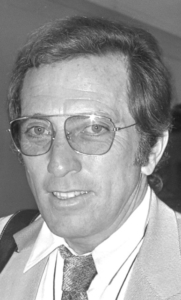
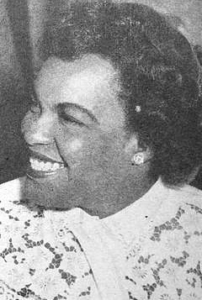
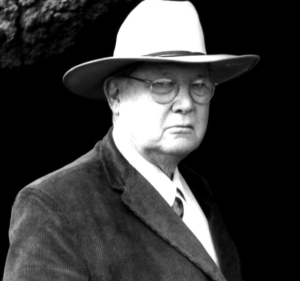

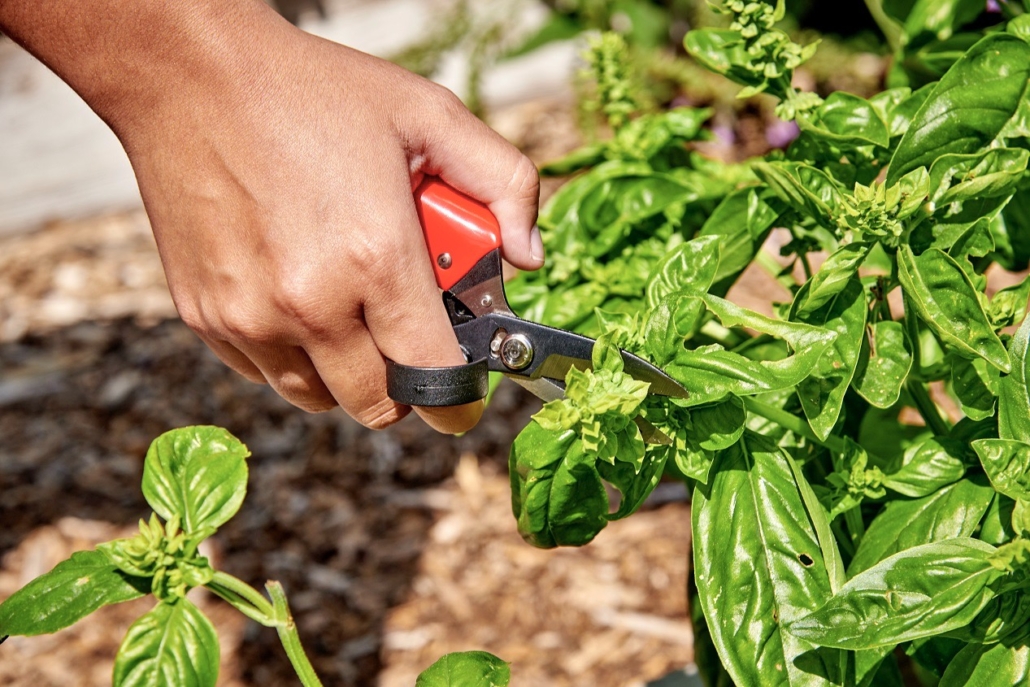
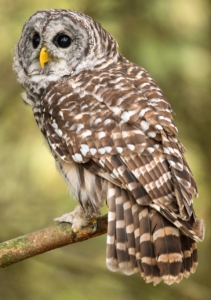




 Dietitian answers 5 key questions
Dietitian answers 5 key questions
